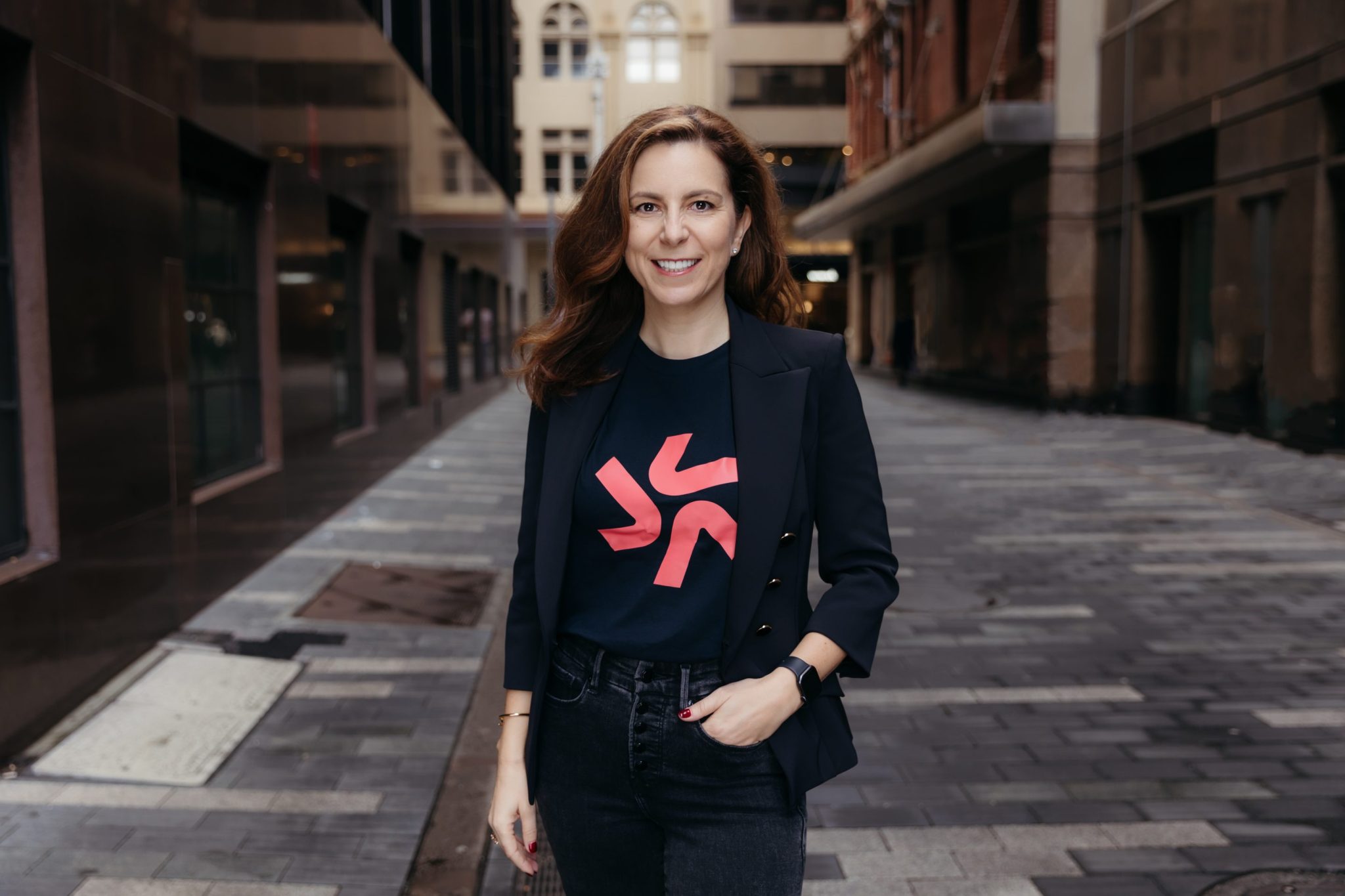Innovation has a blind spot — and it’s not in the boardroom. It’s behind the counter, in the clinic, and on the shop floor before sunrise. While much of the tech world races toward the next big breakthrough, it’s overlooking something even bigger: the 2.7 billion people who make up the global shift-based workforce. These are the people who clock in, not just log on.
I grew up watching two of them every day — my mother working long hours in a shoe factory, and my father driving a truck through all kinds of weather. Their work wasn’t glamorous, but it was essential. I saw first-hand how unpredictable schedules, physical demands, and economic pressures shaped not only their jobs but also our family’s daily life. Those experiences taught me about the gap between the way technology is designed and the way most of the world actually works.
This disconnect isn’t just personal — it’s systemic. The next era of innovation shouldn’t start with code or capital. It should start with people. When I look at how to bridge this gap, I keep coming back to Harvard professor Clayton Christensen’s “Jobs to Be Done” theory: people hire products to solve real, everyday problems. But too many solutions are still dreamed up in conference rooms, far away from the break rooms and shop floors where those problems live.
Nearly 80% of the global workforce is shift-based, yet they remain largely invisible to the innovation economy. While knowledge workers enjoy the benefits of remote tools, flexible hours, and automation, frontline industries are still grappling with burnout, staffing shortages, and unpredictable hours. And that gap is only widening, with less than 1% of technology investment going toward the people who work on their feet.
What shadowing a barista showed me
Recently, I spent a day shadowing baristas at one of our customers’ locations. I watched how something as small as a confusing schedule or a delayed break could ripple through the day, affecting not just the worker’s mood but also the team’s energy and the customer’s experience. Real progress requires proximity; you have to see the friction to understand it.
One barista told me, “I want to be the person who guides you through your order and gets you exactly what you want.” That’s not just about coffee — it’s about pride in the work. The question for us as innovators is: Are we building systems that protect that pride or chip away at it?
Christensen’s framework offers a way forward: start with the real “job” people are hiring your product to do. Not the imagined job in your pitch deck, but the actual one in their lives. If we applied that lens to the workforce, we’d see the problem clearly: Many decision-makers have never experienced the unpredictability of shift work, the juggling of multiple jobs, or the anxiety of waiting for next week’s schedule — yet they’re designing solutions for these very challenges.
The goal shouldn’t be to replace people — it should be to make work more stable, predictable, and dignified for those whose jobs require them to be on site. Issues like unpredictable shifts and last-minute callouts aren’t just operational inefficiencies — they’re human costs. More than 85% of hourly workers say unpredictable scheduling impacts their health and ability to plan ahead. And for many, that unpredictability also ripples into their families. From the healthcare worker trying to arrange last-minute childcare to retail managers missing school pickup, or baristas trading shifts to care for an aging parent – these are real jobs technology must help solve if we want a society that can thrive inside and outside of work.
I’ve seen the difference when technology actually works for people: when workers can see their hours and earnings clearly, swap a shift without stress, and count on a schedule that doesn’t change at the last minute. The appetite for better solutions is clear: 80% of hourly workers believe digital tools would improve their performance, and 70% of frontline workers want better tech. The demand is there, and so is the opportunity.
My challenge to builders, investors, and innovators is this: broaden your definition of “user.” Go to the cafe at 6 a.m. Talk to a nurse on their break. Watch a store manager handle a last-minute change from the parking lot. Listen. Then design with that reality in mind.
The same care we bring to designing for desk workers – intuitive tools, real-time insights, delight in the details — should be the baseline for the people who keep the world running. When we start there, we don’t just make work better. We build a future of work that actually reflects how most of the world works.
Because if we’re serious about shaping the future, we have to start where the work actually happens — with the real jobs to be done.
The opinions expressed in Fortune.com commentary pieces are solely the views of their authors and do not necessarily reflect the opinions and beliefs of Fortune.
This story was originally featured on Fortune.com
The question for us as innovators is: Are we building systems that protect that pride or chip away at it?
